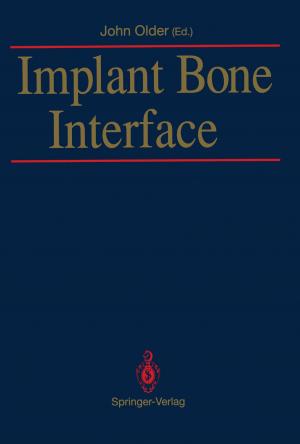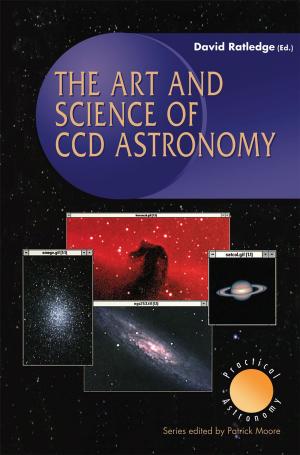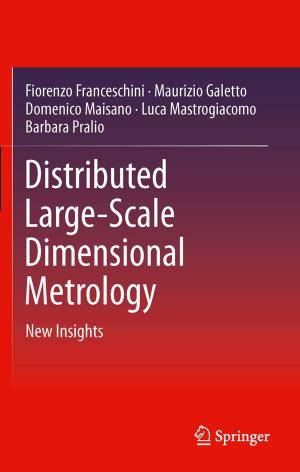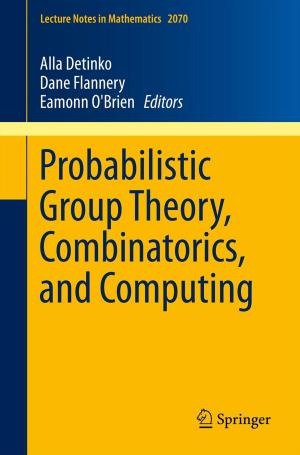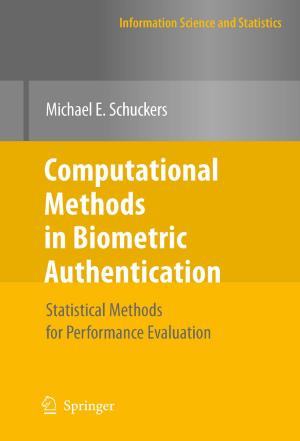Similarity-Based Pattern Analysis and Recognition
Nonfiction, Computers, Advanced Computing, Engineering, Optical Data Processing, Computer Vision, General Computing| Author: | ISBN: | 9781447156284 | |
| Publisher: | Springer London | Publication: | November 26, 2013 |
| Imprint: | Springer | Language: | English |
| Author: | |
| ISBN: | 9781447156284 |
| Publisher: | Springer London |
| Publication: | November 26, 2013 |
| Imprint: | Springer |
| Language: | English |
This accessible text/reference presents a coherent overview of the emerging field of non-Euclidean similarity learning. The book presents a broad range of perspectives on similarity-based pattern analysis and recognition methods, from purely theoretical challenges to practical, real-world applications. The coverage includes both supervised and unsupervised learning paradigms, as well as generative and discriminative models. Topics and features: explores the origination and causes of non-Euclidean (dis)similarity measures, and how they influence the performance of traditional classification algorithms; reviews similarity measures for non-vectorial data, considering both a “kernel tailoring” approach and a strategy for learning similarities directly from training data; describes various methods for “structure-preserving” embeddings of structured data; formulates classical pattern recognition problems from a purely game-theoretic perspective; examines two large-scale biomedical imaging applications.
This accessible text/reference presents a coherent overview of the emerging field of non-Euclidean similarity learning. The book presents a broad range of perspectives on similarity-based pattern analysis and recognition methods, from purely theoretical challenges to practical, real-world applications. The coverage includes both supervised and unsupervised learning paradigms, as well as generative and discriminative models. Topics and features: explores the origination and causes of non-Euclidean (dis)similarity measures, and how they influence the performance of traditional classification algorithms; reviews similarity measures for non-vectorial data, considering both a “kernel tailoring” approach and a strategy for learning similarities directly from training data; describes various methods for “structure-preserving” embeddings of structured data; formulates classical pattern recognition problems from a purely game-theoretic perspective; examines two large-scale biomedical imaging applications.


